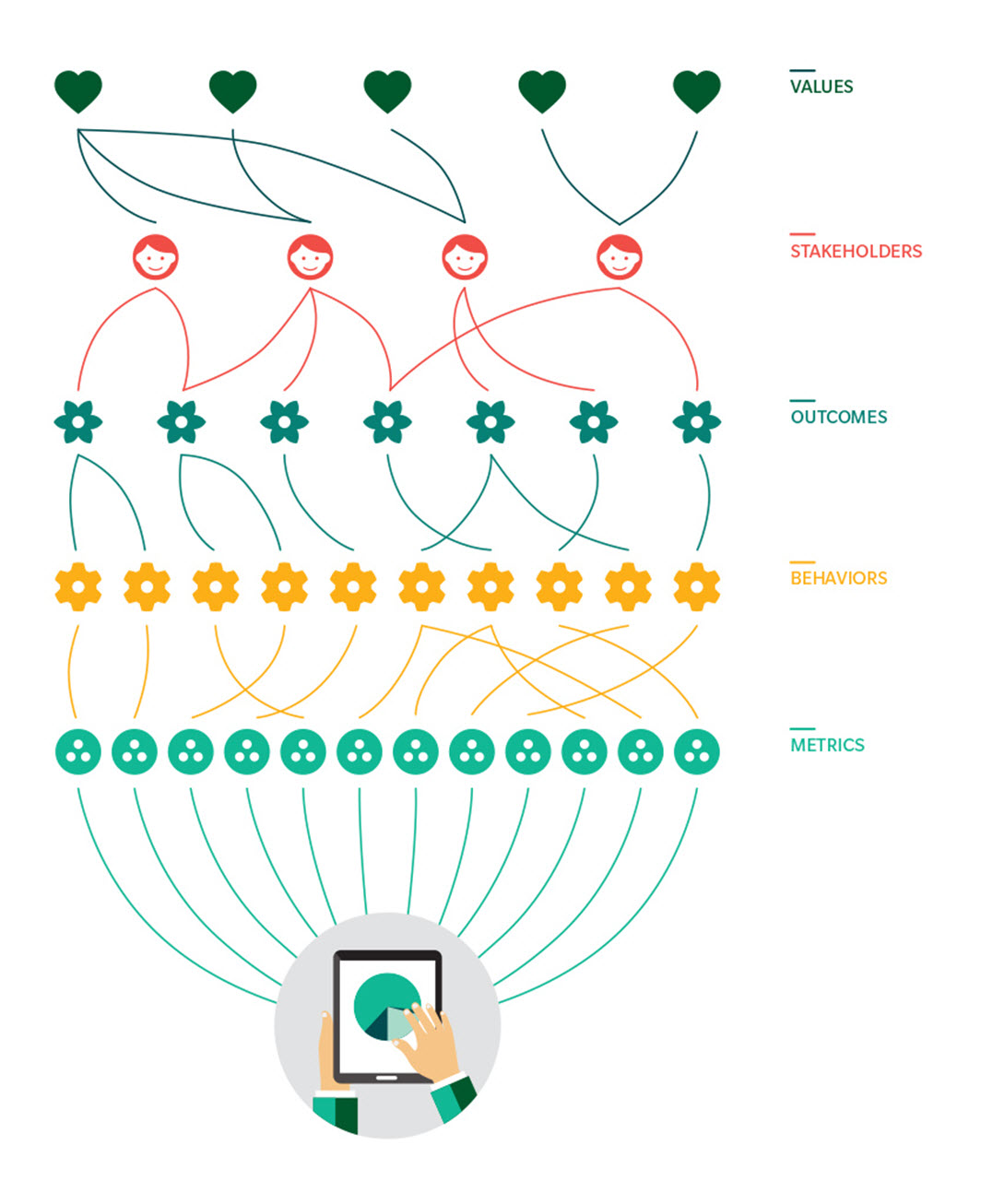Senior executives across many industries are now focused on measuring, managing, and reporting on conduct and culture. While some organizations have been building these capabilities for years, the well-known misconduct scandals from Hollywood and Silicon Valley to Wall Street and Washington, D.C. have fueled the recent urgency and increased focus on the topic of culture assessment.
For many organizations, conduct and culture measurement is still in its infancy. Given the elusive and abstract nature of “conduct and culture,” progress in measurement has been limited, but as boards, regulators, shareholders and the general public require companies to be much more proactive and transparent in this space, effective measurement is becoming essential.
While measuring culture is a challenging task, it is also a necessity. Leadership’s ability to confidently and objectively state that the conduct of individuals across the organization is in line with their strategy, core principles and desired goals requires a set of indicators that can support their statements
CULTURE MEASUREMENT
Since the abstract nature of culture is the root of the challenge in terms of measurement, the goal is to find tangible and direct manifestations of culture that can be observed and measured. Making this connection from an abstract notion to a measurable quantity represents the core objective of effective culture measurement.
Our paper, Measuring Conduct and Culture, presents a methodology that organizations can use to establish this connection, and measure culture through metrics that link back to the fundamental principles of the company. We discuss the questions and challenges companies have been tackling recently, as well as tangible steps to take now to move forward.




